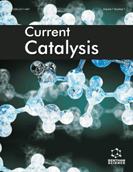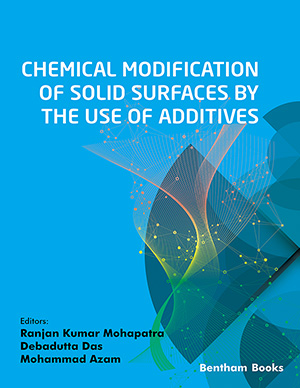Abstract
Background: The development of theoretical insights into heterogeneous catalysis is hindered by the lack of knowledge on the detailed reaction mechanisms. In order to gain such knowledge, it is important to collect information on the nature of intermediates, and their reaction ability
Methods: The spectrokinetic method is successfully applied to the studies of intermediates in heterogeneous catalytic reactions. Results: In the present work, this method was used for the studies of intermediates in low-temperature oxidation of ammonia over oxide catalysts; CO – NO interaction over supported metals and oxide catalysts; NOx reduction by hydrocarbons in excess of oxygen over oxide, zeolite, pillared clay catalysts; methanol transformations over supported oxide catalysts. Conclusion: Studies of intermediates formed in the course of heterogeneous catalytic reactions revealed the common patterns which assist the understanding of the catalytic action. It was found that the main function of the catalyst lies in transforming the reactant from its extant gas phase form into an activated form in the course of adsorption, drastically different from its source. The latter transforms into the products by different route than in the case of the initial reactant in the absence of the adsorption step. It was found also that if the initial adsorption forms of the reactant are the same over a certain number of different catalysts of the case reaction, then the sequence of steps in the reaction mechanism is the same for all catalysts. Individual properties of different catalysts are revealed through the ratio of rates of individual steps, most obviously for the limiting step.Keywords: Intermediates, mechanism of catalytic reactions, IR spectroscopy in situ, spectrokinetic method.
Graphical Abstract










